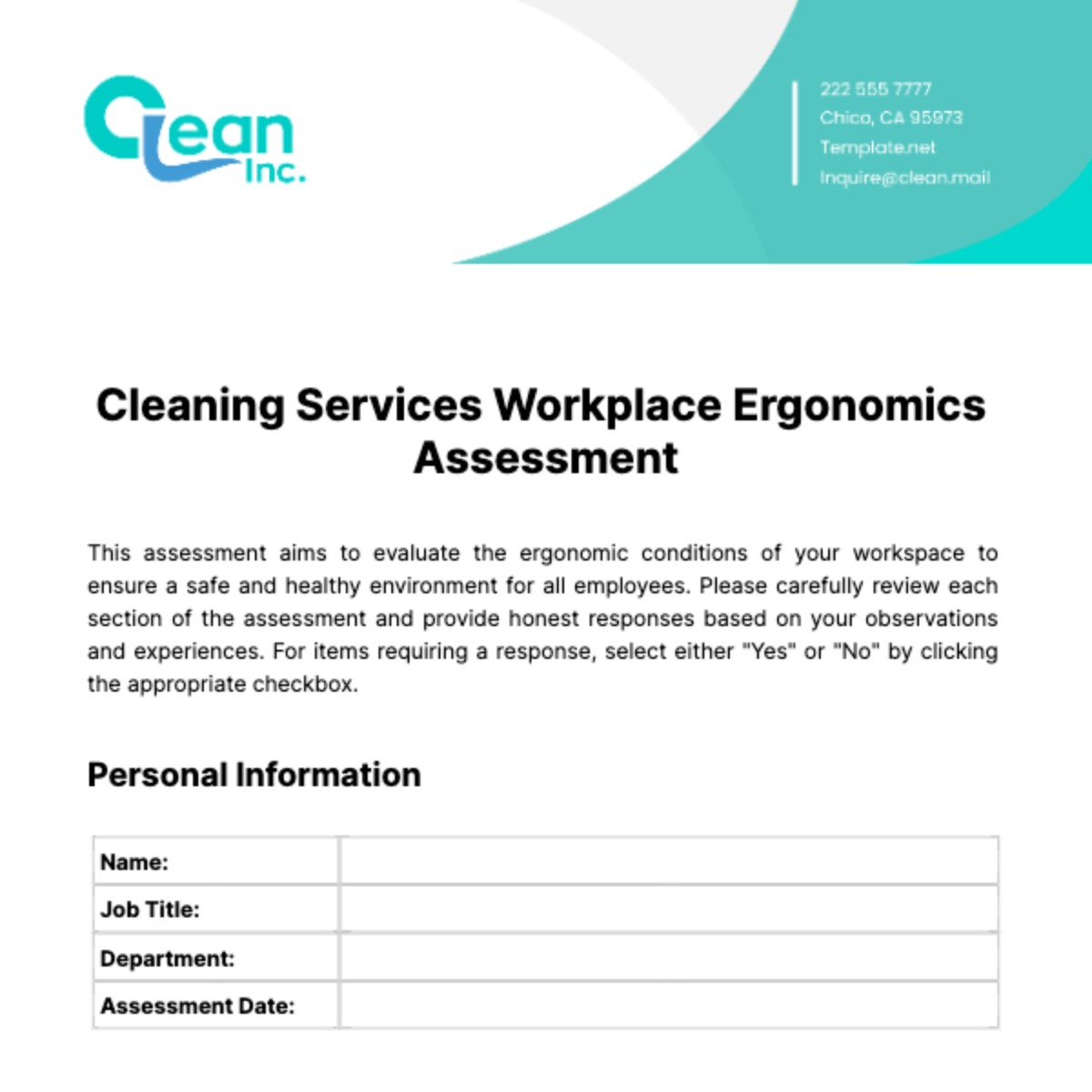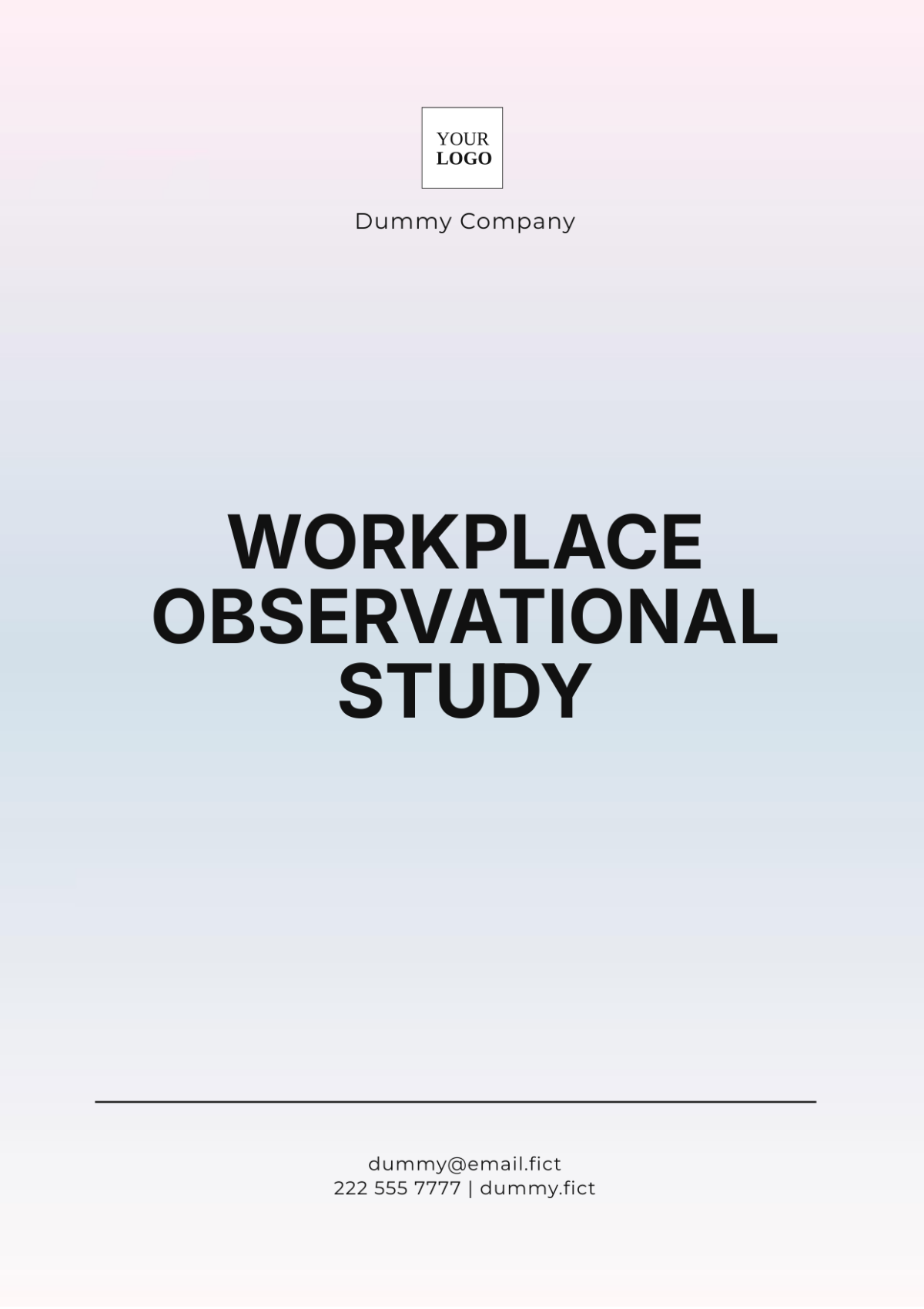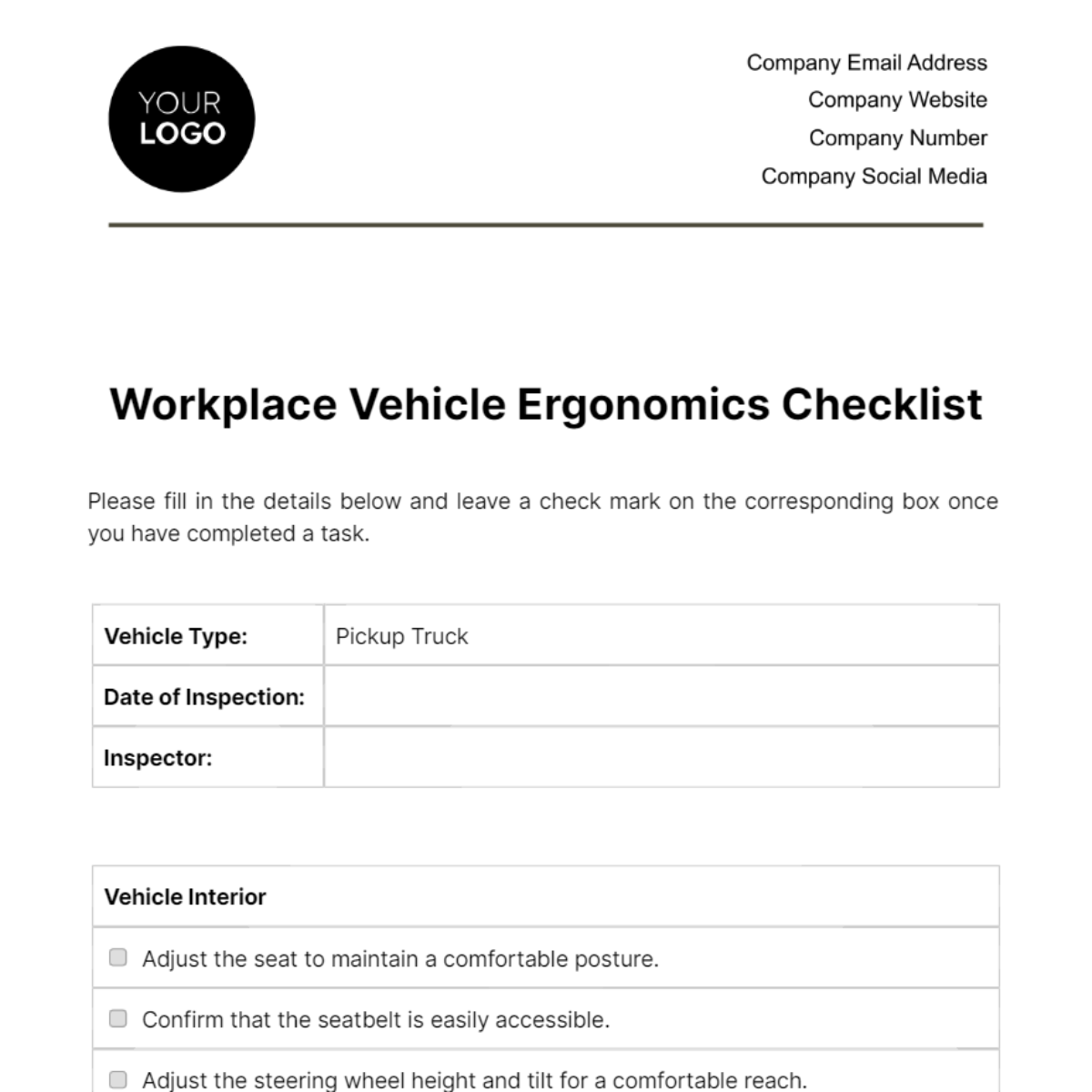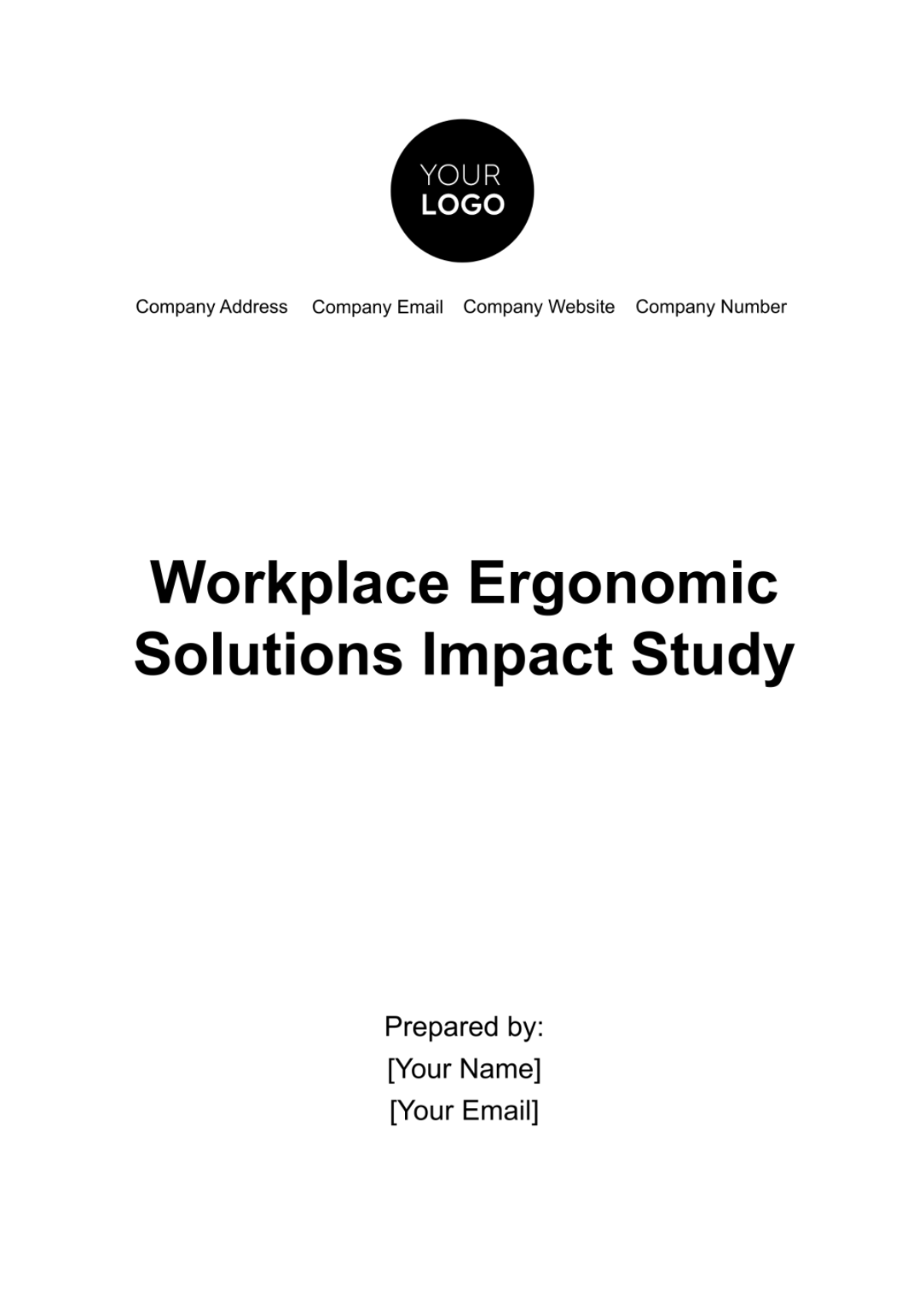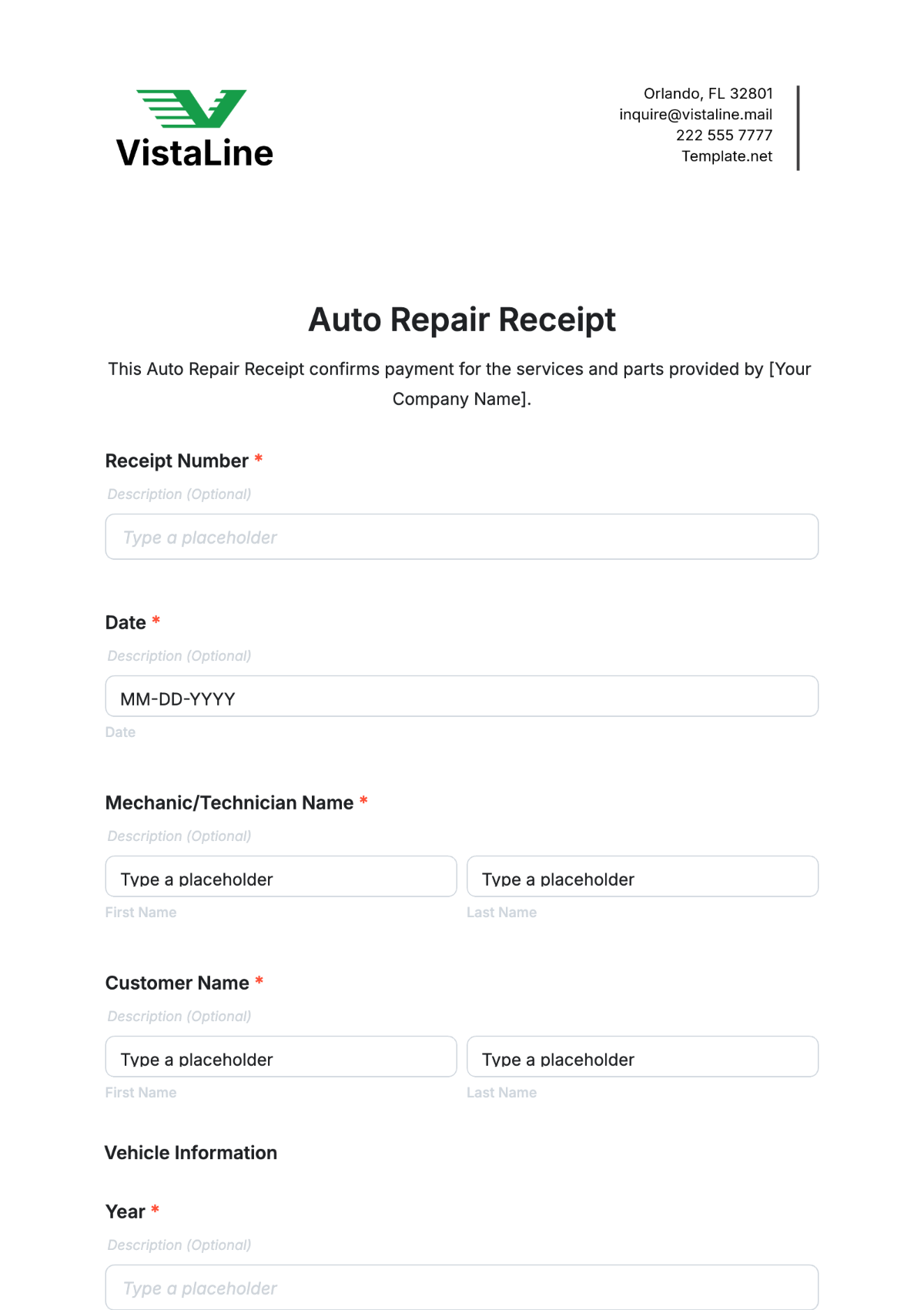Free Workplace Safety Protocol Document
Foster a culture of safety and preparedness with Template.net's Workplace Safety Protocol Document Template. This indispensable tool provides clear guidelines and procedures, promoting a secure work environment. Download now to establish and communicate vital safety protocols, enhancing awareness and precaution within your organization. Prioritize workplace safety—get your template today!













